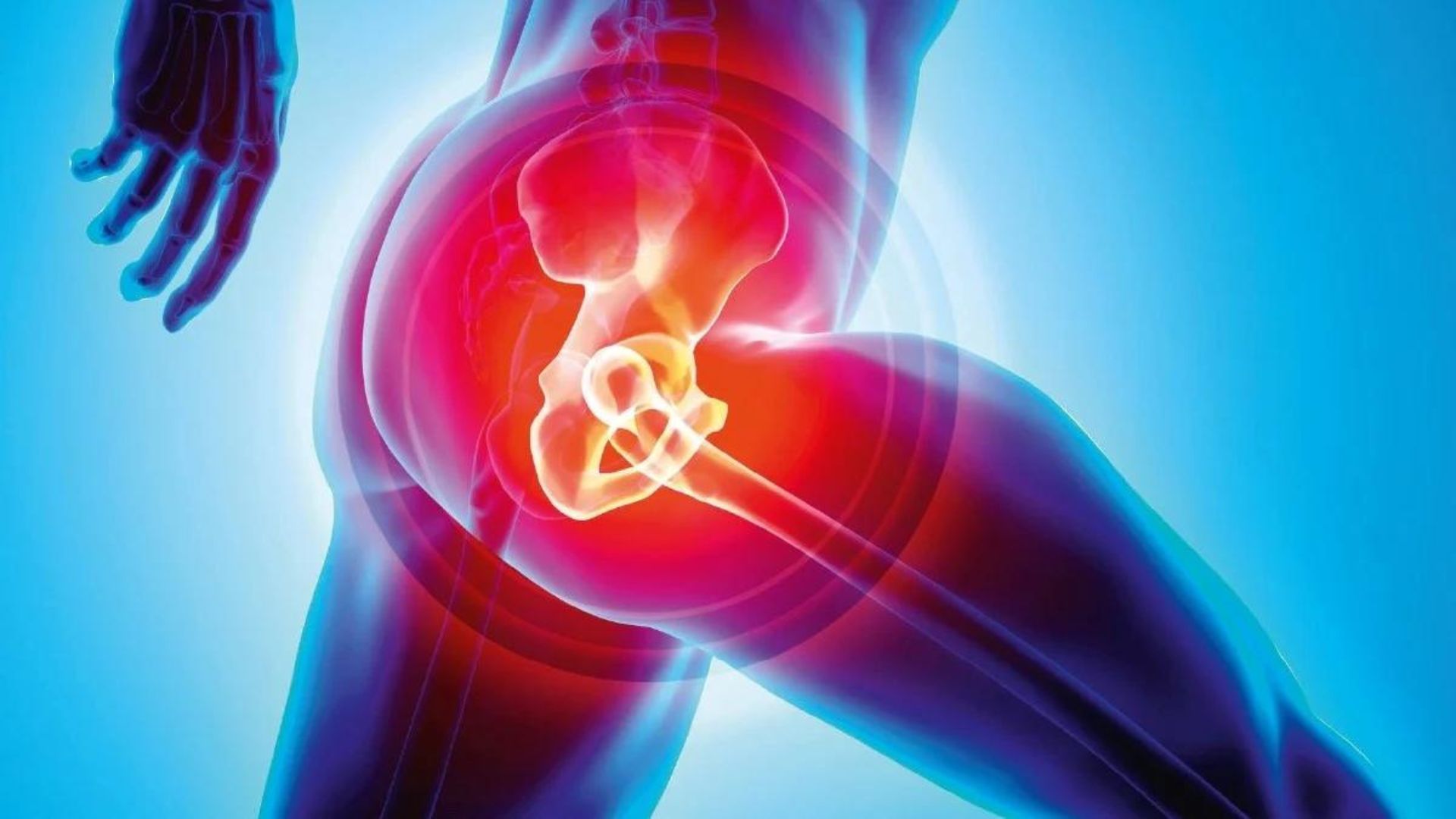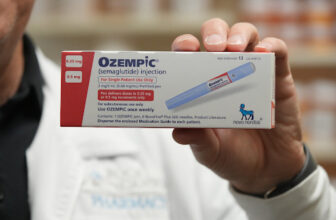
[adinserter block=”3″]
Hip replacement can relieve pain and enhance your ability to perform everyday activities. If you had this surgery or might have it soon, you’re probably excited to get back to normal. But remember, the surgery doesn’t mean all problems are gone forever. Following lifetime precautions after hip replacement, such as maintaining a healthy weight and being conscious of movement, helps ensure the success of the surgery in the long run. It is essential to recognize that even after the initial recovery period. This way, you keep enjoying the benefits and protect your health.
Post-operative Precautions
During the initial phase of your recovery, typically the first six weeks following surgery, and sometimes up to six months, the Doctor may advise you to take specific precautions to avoid complications, particularly hip dislocation or hip pain. These precautions are especially vital if your hip replacement surgery uses a posterior approach, where the surgical incision is made at the back of the hip near the buttocks.
The primary precautions you should adhere to during this period include:
1. Avoid Bending Your Hip Past 90 Degrees
During the early stages of recovery, it’s essential to avoid bending your hip too much. This means you should be careful not to lift your knee too high or bend your hip excessively. For example, when you’re sitting in a chair, try to keep your thigh parallel to the floor. Trying to sit in a very low chair or bending your knee and hip too much, like when putting on socks, can break this 90-degree rule and make your hip more vulnerable to dislocation.
Also Read: 8 Causes of Hip Pain
2. Keep Your Toes Straight When You Walk
Your doctor will advise you to walk cautiously, especially after a hip replacement. Avoid letting your toes point inward when you walk because that’s not good for your hip. Instead, make sure your toes point straight ahead or slightly to the side when you walk, sit, stand, or lie down. Doing this helps protect your hip and makes sure it stays in place while you’re getting better after your surgery.
3. Don’t Cross Your Operated Leg Over the Other
Crossing your leg with the newly replaced hip over the other leg is another movement that you should avoid. Your doctor may advise using an abduction pillow while sleeping to prevent hip dislocation.
4. Monitor your weight
Managing an ideal weight is one of the most important Lifetime Precautions After Hip Replacement. Keeping an eye on your weight is essential. When you have extra weight, it can make your new hip joint work extra hard, which might not be good. So, it’s crucial to try and keep a healthy weight to ensure your new hip lasts a long time and feels good. You can do this by eating healthy foods like foods that help with joint pain and being active, like taking short walks. Your doctor can help you with this, too!
Also Read: 10 Best Exercises for Hip Bursitis Relief
5. Recommendations and Duration of Precautions
It is important to note that seemingly routine activities, such as physical therapy exercises, can carry risks during recovery. Your physical therapist can demonstrate how to perform exercises safely to avoid complications like dislocation.
When to Seek Medical Attention
As you follow these precautions, it’s important to know the signs of hip replacement dislocation. If you experience any of the following symptoms, contact your healthcare provider promptly:
-
Experiencing significant discomfort in the hip and groin region.
-
A popping sound when you move.
-
Difficulty walking or an inability to walk.
-
It is a feeling like the hip joint “catches” with movement.
-
Inability to move the hip joint.
-
When the leg with the prosthetic hip seems shorter than the other leg.
Duration of Precautions
The duration of precautions after hip replacement varies based on pre-surgery health, mobility level, procedure complexity, and post-surgery rehab. Usually, most people are recommended to follow these precautions for approximately 90 days (about 3 months) following surgery, but it may be extended up to six months based on your circumstances and recovery progress.
Your doctor may offer further guidance based on your regular examination reports. They will work closely with your orthopedic surgeon to determine when it’s safe for you to discontinue these precautions.
Also Read: Hip Arthritis: Symptoms & Treatment
Essential Lifetime Precautions After Hip Surgery
Initially, it’s really important to prevent any problems with your new hip. But even as time goes on, you still need to be careful to make sure your hip replacement keeps working well. These lifelong restrictions after hip replacement are like rules you should follow throughout your life, no matter how old you are or how healthy you feel. Here are some things you should always be careful about:
1. Avoid Bending the Hip Too Far
For older adults, it’s a good idea to avoid bending their hips too much or lifting their knees too high when sitting in low chairs. This can help lower the chance of hip problems or dislocation.
2. Avoid Twisting Motions
Some movements, like crossing your legs, turning your toes inward when you walk, or making quick turns, can increase the risk of your hip getting dislocated. So, it’s important to be careful and not make these twisting motions that could hurt your hip.
3. Sleeping with a Pillow Between Your Legs
If you are a side sleeper, placing a pillow between your legs can improve hip and leg alignment. This also leads to greater comfort and hip joint stability.
4. Avoid High-Impact, Repetitive Activities
Engaging in high-impact activities like running, jumping, or sports where you twist a lot, such as basketball and racquetball, can make your hip wear out faster and might cause it to get hurt. So, it’s a good idea to stay away from these activities after you’ve had hip replacement surgery.
5. Consult Your Healthcare Provider
The necessity of these lifetime precautions varies from person to person, and it is essential to discuss their relevance to your specific situation with your healthcare provider. They can guide the necessary precautions based on your health, lifestyle, and recovery progress.
General Self-Care Tips
In addition to the specific precautions mentioned above, some general self-care guidelines apply to various daily activities:
1. When Dressing
When getting dressed, sit on a stable chair or bed edge to avoid bending or lifting your legs too much. Use helpful tools like a reacher, long-handled shoehorn, elastic shoelaces, or sock aids to reduce the need for excessive bending.
Also Read: Hip pain in Women: 7 Possible Causes
2. While Sitting
To prevent discomfort and injury, switch positions every 30-40 minutes, keeping feet apart and avoiding crossed legs. Use a sturdy chair with a straight back and armrests, ensuring hips are higher than knees. Use chair arms, a walker, or crutches for support when standing up instead of rocking.
3. During Bathing or Showering
Use a rubber mat in the shower to prevent slips. Avoid bending or reaching for items. Use a long-handled shower sponge for hard-to-reach areas. Consider an elevated toilet seat for proper hip alignment. If we talk about older age, 75% of people find difficulty in bathing and are directly prone to getting hip dislocation.
4. When Using Stairs
Step up with the non-surgical leg. Step down with the surgical leg. Always use stair railings for support.
5. While Lying in Bed
Do not sleep on the side of your new hip or stomach. Instead, sleep on your other side with a pillow between your thighs. Consider using a unique abductor pillow or splint to align your hip properly.
Also Read: Top 8 Causes of Hip Pain That Radiates Down The Leg
6. Getting Into or Riding in a Car
When entering a car, watch out for curbs and doorsteps. Check seat height and use a pillow if needed. Take breaks every two hours on long rides to stretch your legs.
7. Walking
Lifetime precautions after hip replacement include walking in a way that’s good for your hip, especially after a hip replacement. Follow your healthcare provider’s instructions on using crutches or a walker, and only put approved weight on your hip. Take small steps when turning, wear nonskid shoes, and be cautious on wet or uneven surfaces.
Conclusion
While total hip replacement surgery offers tremendous benefits in pain relief and enhanced mobility, it is crucial to prioritize safety and health and adhere to the recommended permanent restrictions after knee replacement. These precautions for total hip replacement, especially during the initial recovery phase, help prevent hip dislocation and ensure hip replacement success. Work with your therapist and doctor for a safe and fast recovery. Follow guidelines for improved hip function and an active lifestyle. Remember, healing processes vary for everyone.
[adinserter block=”3″]
Credit : Source Post






